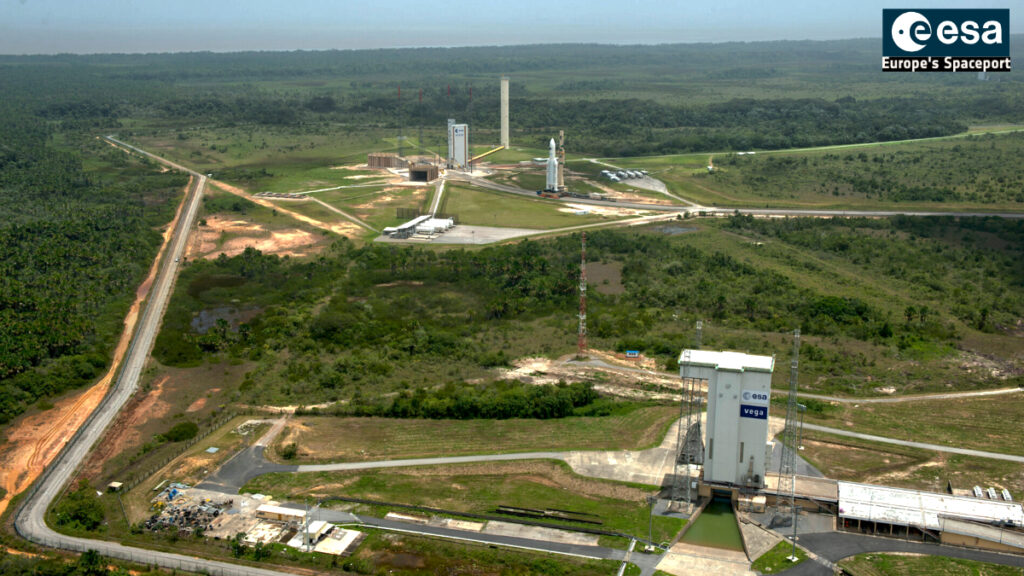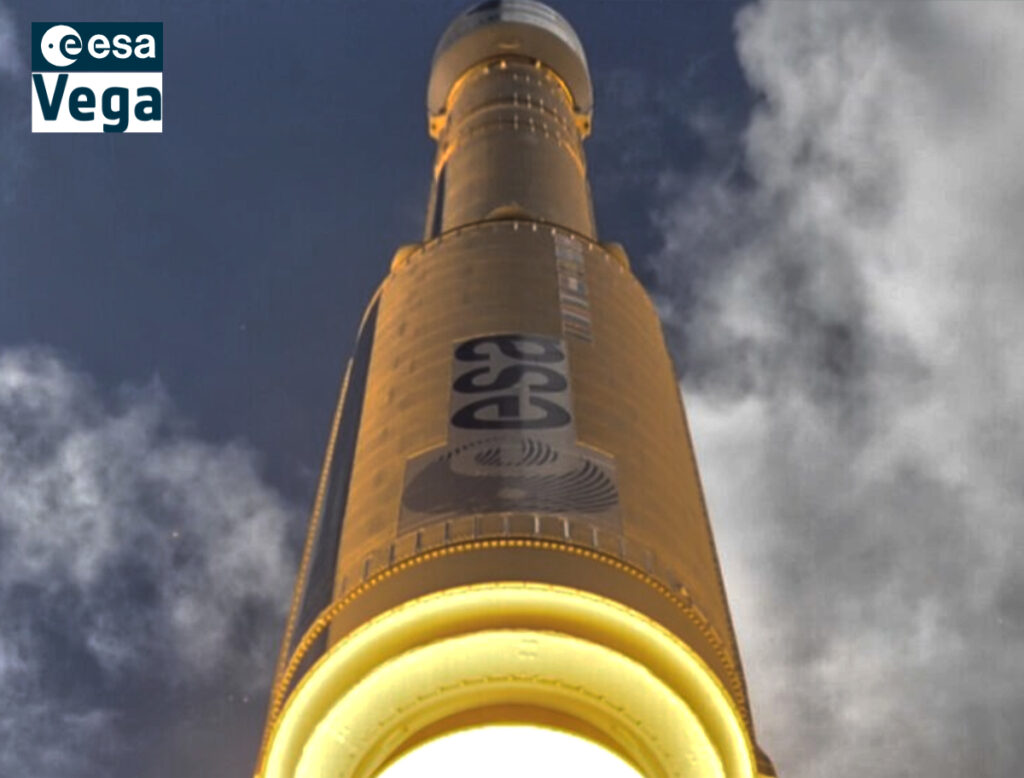
The P160C qualification motor was successfully tested on April 24th at the European Spaceport in French Guiana, on the solid-propellant booster test stand (BEAP) operated by the French Space Agency (CNES).

The successful test firing of the first P160C motor is a major milestone in the development of the future upgrades of Europe’s Ariane 6 and Vega launchers. P160C solid-propellant rocket motor test fire P160C solid-propellant rocket motor test fire

The P160C is an upgrade of the P120C motor developed jointly by ArianeGroup and Avio through their 50/50 joint-venture Europropulsion and is one of the world’s largest carbon-fiber one-piece solid-propellant rocket motors. The development program is managed and funded by the European Space Agency.
The new motor is one meter longer than the P120C and carries over 14 tons more solid fuel, increasing considerably Ariane 6 and Vega performance, their payload capacity and their competitiveness.
The extended design of P160C included making the motor one meter longer without affecting the connection interfaces to the Ariane 6 launcher’s central core. These development efforts go hand-in-hand with upgrades to industrial production at ArianeGroup, Avio and their partners, alongside the ongoing production and ramp-up of the P120C motor for upcoming Ariane 6 and Vega-C launches.
The P160C has three main components. The first is the composite structure, manufactured by Avio in Colleferro, near Rome in Italy, obtained by filament winding and automated layup of carbon/epoxy pre-pregs fibers.
The second is the nozzle manufactured by ArianeGroup on its Le Haillan site near Bordeaux in France, and made up of composites materials, enabling the extremely hot gases—3000°C—generated by the motor to be ejected at very high speed, thus providing thrust. The nozzle is gimballed to control the flight of the launcher. Propellant loading and final motor integration are carried out by Avio and ArianeGroup joint subsidiaries in French Guiana (Regulus and Europropulsion respectively).
The third element of P160C is the carbon-fiber composite aluminum igniter that ensures proper ignition of the motor. They are manufactured by Nammo in Raufoss, Norway, under Avio responsibility.
This P160C motor qualification test comes barely four years after qualification of the P120C motor currently fitted to the Ariane 6 and Vega-C launchers, and after their first commercial flights. P160C solid-propellant rocket motor QM3 test P160C solid-propellant rocket motor QM3 test.
